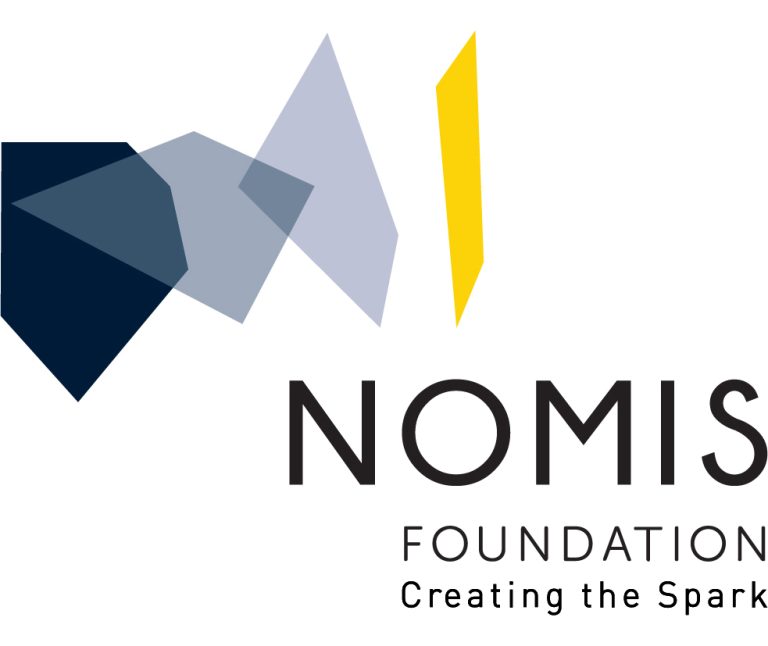Innumerable historical snapshots from World War II depict German soldiers visually celebrating their victories over an enemy or conquered population. Trophy photographs of German soldiers serve as one valuable heuristic tool to probe German visual cultures and military performances of the self. Indulging in common pictorial tropes that include fixating on female bodies, they have largely been ignored by Holocaust scholars who tend to concentrate on photographs of violence and their evidentiary value. This article places German images of wartime courtship and sexual conquest in dialogue within a broader spectrum of images depicting encounters with women in Nazi-occupied Europe. Photographs of hookups and flirtation with the female vanquished population enable us to embed Nazi warfare and the Holocaust not only in the larger context of conquest and exploitation, but also the cultural and affective mindset of combatants. Delving into the multifaceted histories of these images allows one to deconstruct the violence that lurks beneath the esthetically ‘benign’ visibility and to question the ambivalent affective power of the hyper-violent photographs. In the aggregate, images of violence, humiliation, and non-injurious sexual desire expose a range of behaviors and further shine a light on the ways in which mass violence and genocide are embedded in photographs. The article investigates different motives and ways in which German soldiers visually and physically conquered foreign women and how they ogled and photographically appropriated them. By scrutinizing body language, gestures, facial expressions, and poses the article peels back different layers of the camera’s gaze and of the depicted German soldiers and female subjects, while simultaneously scrutinizing the intersection of sexuality and violence, where desire, spectacle, and esthetics converge into visual pleasure.

